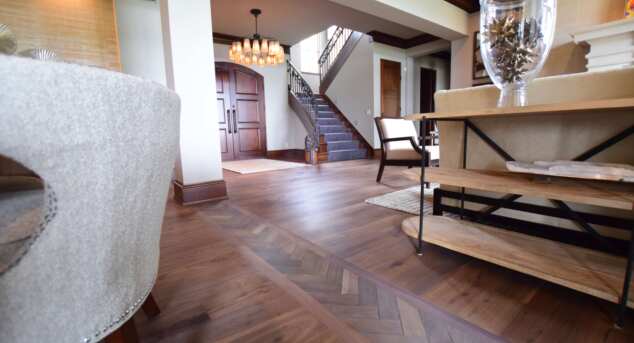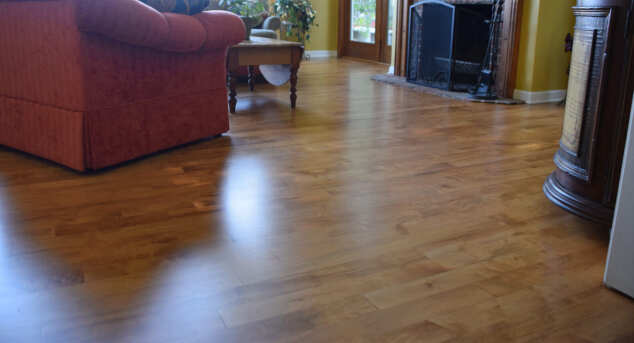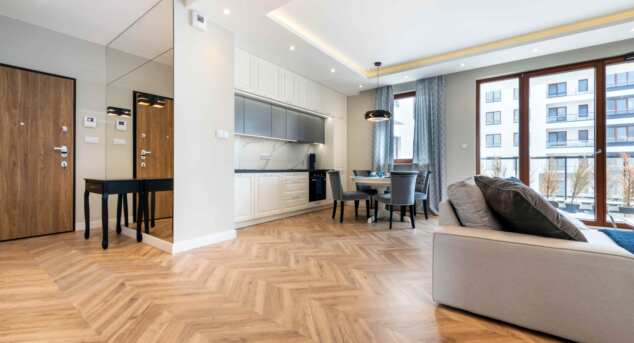5 Tips to Prolong the Life of Your Hardwood Floor
Posted by Aaron Schaalma

Posted by Aaron Schaalma

Hardwood floor color made easy: match tone to your light, undertones, grain, plank width, sheen, stain tests, and upkeep for lasting style.
Posted
By Aaron Schaalma

Identify if your wood floors have polyurethane using visual clues and easy home tests, then learn oil vs water poly care steps.
Posted
By Aaron Schaalma

Learn what truly dustless hardwood refinishing means, key signs of a clean setup, process steps, and how to choose the right Wisconsin pro.
Posted
By Aaron Schaalma